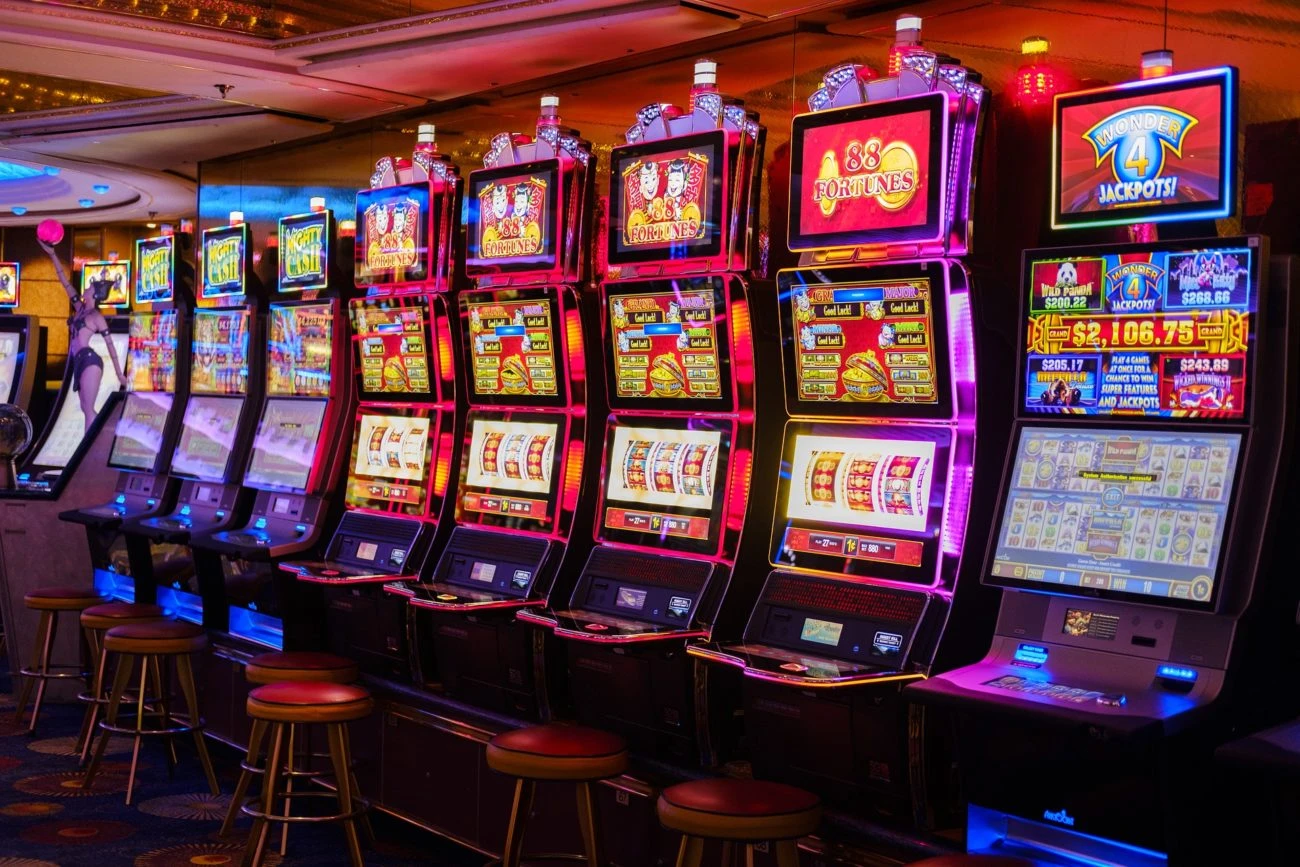First lessons in slots: Lessons #7 to #9

Lesson #7: Slot developers’ blind spot
I used to work for one of the biggest video slot companies in the world. It began from nothing (of course) and grew into a giant. Its most successful games, historically, were all simple ones – with no great features, nothing complex and nothing fancy. I cannot speak to the situation today, but at the time those were the games that brought in the most money from slots.
And yet…
Every time we began to start on a new slot, those who were in charge tried to create the shiniest game with the fanciest features. Soon they realized that this was their bias, that they liked new features and shiny games, but that the players preferred the old reliable games.
After a few months, the one in charge said “Guy, next time, whatever happens, pull me back from doing something fancy.”
And every time that I would try, the one in charge would pull rank and decide to try to create another new shiny game, that would often not succeed as much.
The lesson: Shiny and fancy is a trap. It’s not that it can’t work – obviously, it can and has. It’s just that shiny and fancy is the bias of those who create games but are not regular players.
Something to at least think about.
Lesson #8: The slots UI
So much time is spent by companies about getting the UI of a slot to fit the theme. So many discussions, so much time, and therefore: So much money.
In the research I’ve done it became clear very early and over the years has proven itself true again and again: The popularity of a slot (its retention and monetisation) does not depend at all on whether the UI is generic or has to do with the theme.
I’ll say it again because it’s counter-intuitive. The retention and monetisation of a slot does not depend at all on whether there is a generic UI or the UI is based on the theme. Period.
However, there is a place where it does matter to have a UI based on a theme. When you’re building your brand, if this has anything to do with your brand, with the visual quality of the game, and so on, then it is important. Otherwise: Don’t waste extra time on it.
Lesson #9: Categorising male/female oriented slots
Companies categorise their slots. It’s easy to keep track. Fruit slots, horror themes, classic, under the sea, riches, and so on.
Two of these categories are sure to anger: Male oriented slots and Female oriented slots.
These are divided stereotypically: Male oriented slots are usually about weapons, action, violence and cars. Female oriented slots are usually about princesses, mermaids, fairies, and magic.
It is sad that this stereotype exists, and yet players react really well to both of these.
But here is the thing to remember. The reason that these slots are popular, is not because only players of that gender play those slots. No. These slots are popular because both genders play these games, both genders can’t get enough of those themes.
And that is the fact we should not forget.
Guy Hasson worked for Playtech for three years before becoming Playtika’s content manager, responsible for the content of Slotomania and Caesars Casino. He is now a social slot consultant, specialising in game popularity.
